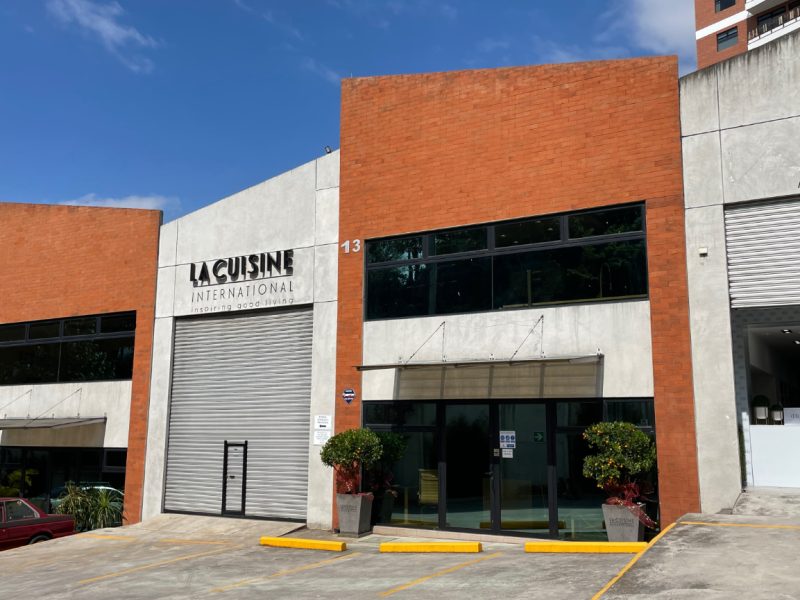
Our Company
Locations
Contact Us
Newsletter
Sign up to receive email updates on the latest products, collections and campaigns.
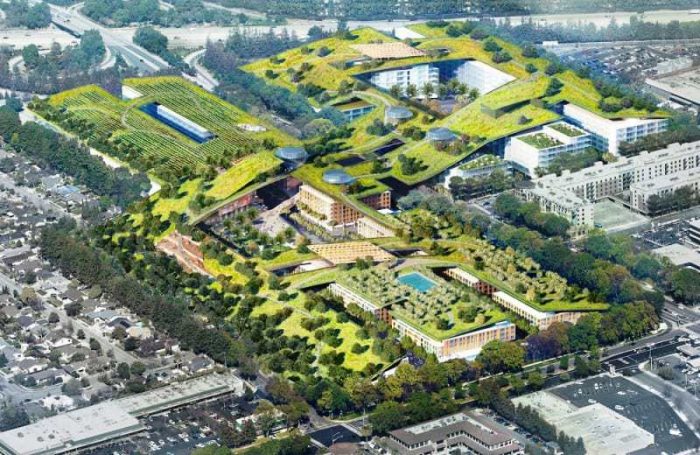
Architecture and ecology seem to be becoming more than friends. The use of technology that aims to make the world a less polluted place is a trend that has permeated many fields. Without a doubt, architecture takes the lead and has made this almost a point of honor setting the steps to follow in the future.
Nevertheless, inside this trend there are all sorts of ideas. They go form the most eccentric of constructions, such as the so called eco-housings that feature cork insulation, to the roofs or ecological covers that are still its more audacious and witty bet. Green architecture is not an invention of this century, as it was the Babylonians (500 B.C) the first who grew vegetation on their buildings’ walls and roofs. The truth is that now this greenness over big cement structures, more than decorations, aim to make cities more livable spaces.
Green roofs act as micro habitats that favor the building they are on providing natural insulation from noise and hot weather temperatures, reducing the use of air conditioning and energy consumption. They also offer benefits to the environment such as the reduction of the urban heat island effect, creating an oasis in the congested cities where residents can disconnect from their daily routines.
Currently governments and public as well as private entities work in the promotion of these types of spaces. Last year France took a step forward in this sense, promulgating a new law that motivated the creation of green roofs. But they are not the only ones. Other nations with similar initiatives are Argentina, Chile (they even offer fiscal incentives to the construction companies that include them in their planning), Switzerland, Canada, and Denmark. Copenhagen, Denmark’s capital city has become the second city in the world with a specific legislation in this regard. Legislation even mandates for specific types of vegetation on the roof structures.
There are many projects that under this scheme are being presented everywhere. One of the most ambitious projects is from the Uruguayan architect Rafael Viñoly who, along with OLIN Corporation, expects to transform the former Vallco de Cupertino mall (California) into a mixed-use urbanism that aims to become the largest green roof in the world. The project, valued at 3.000 million dollars, takes up 12 hectares (30 acres) of green areas, a circulation network of 6,1 kilometers (3,8 miles) and also housing blocks, vegetable gardens, vineyards, an amphitheater, and play areas.
Designed under the LEED platinum standards, the challenge of this structure is to completely transform Cupertino’s inner urban center. Making possible the wish of the community (many who work in technology fields) of having open spaces and recreation areas. It remains to be seen if this aerial paradise would materialize after the definite yes from the city’s residents.
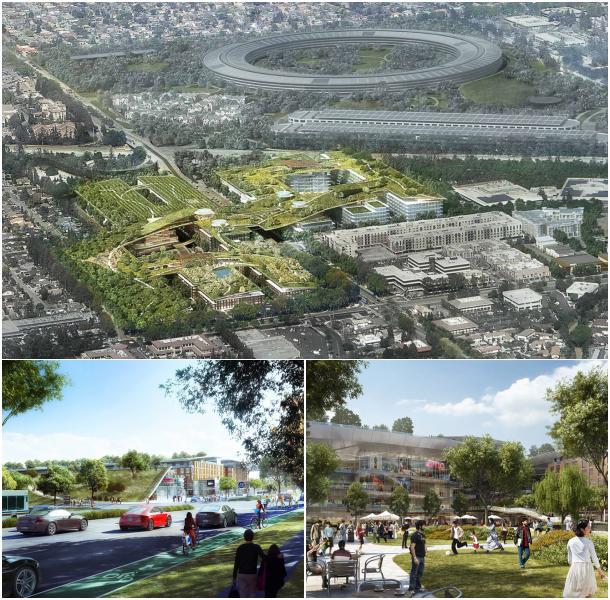

Sign up to receive email updates on the latest products, collections and campaigns.
Carrera 9 Nº80-45
Bogotá D.C., Colombia
Monday to Friday: 11:00 a.m. - 07:00 p.m.
Saturday: 11:00 a.m. - 06:00 p.m.
(+571) 432.7408/7493
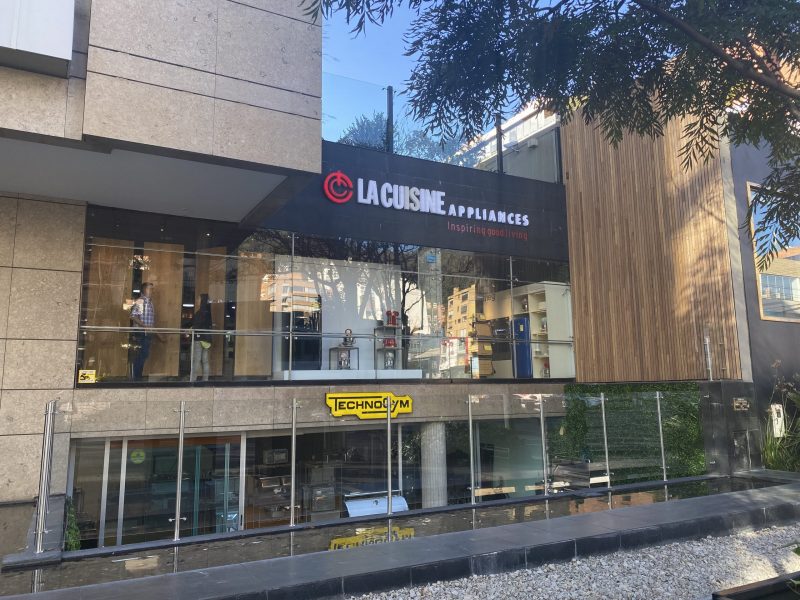
Calle 77 #72-37
Barranquilla, Colombia
Monday to Friday: 08:00 a.m. - 06:00 p.m.
Saturday: 09:00 a.m. - 01:00 p.m.
(+57) 605 352 0851
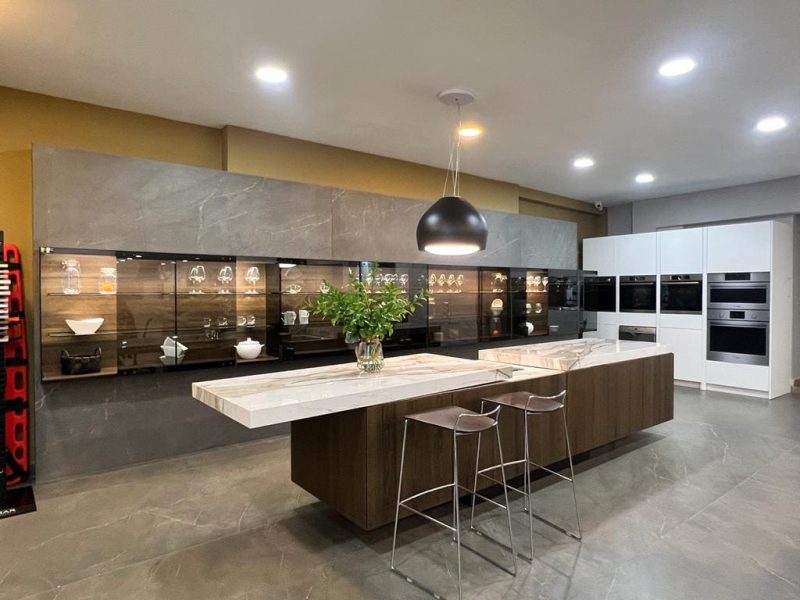
Edificio La Cuisine
Costado Suroeste, C.C. La Paco
Escazú, Costa Rica
Monday to Friday: 09:00 a.m. - 05:00 p.m.
Saturday: 10:00 a.m. - 04:00 p.m.
(+506) 4000.3555
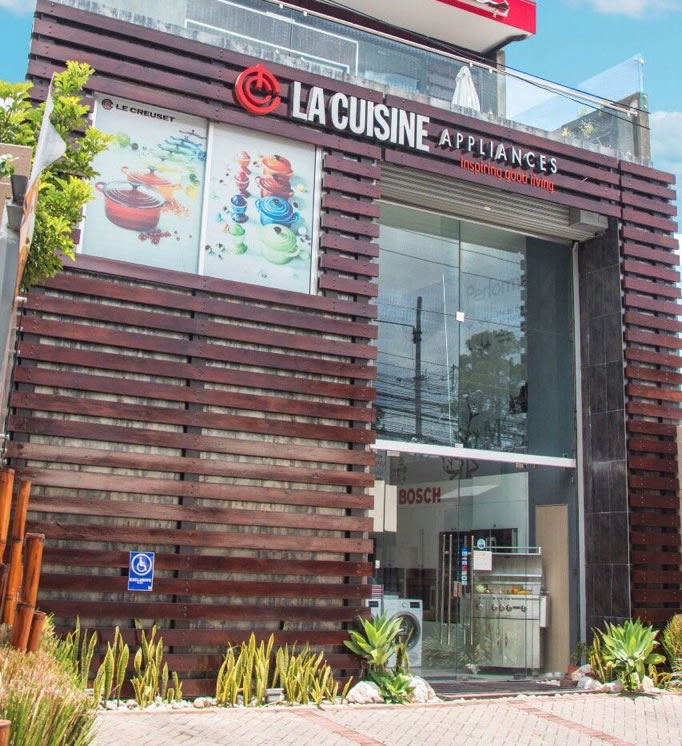
Galerías de Puntacana No. 51
Punta Cana, La Altagracia, R.D.
Monday to Friday: 09:00 a.m. - 06:00 p.m.
Saturday: 10:00 a.m. - 01:00 p.m.
(809) 378.9999
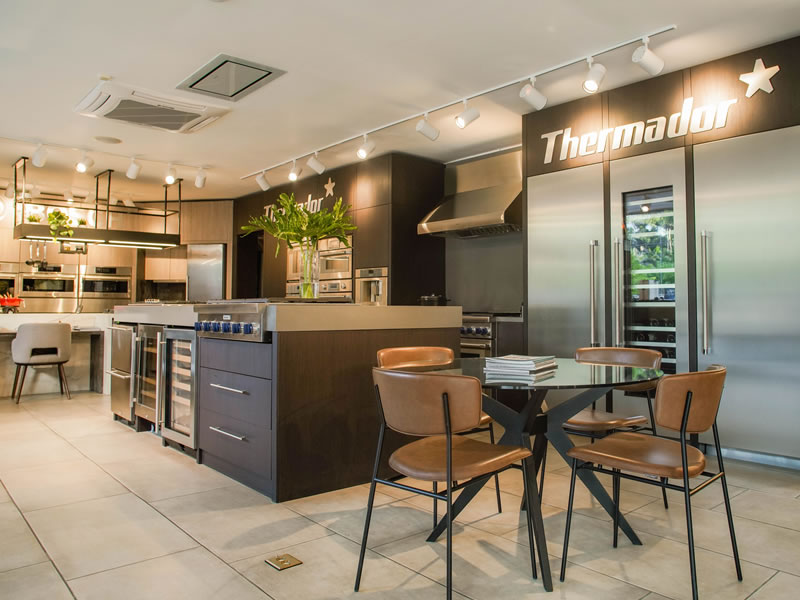
C/Rafael Augusto Sánchez No.22,
Piantini, Santo Domingo, R.D.
Monday to Friday: 09:00 a.m. - 06:00 p.m.
Saturday: 09:00 a.m. - 01:00 p.m.
(809) 378.9999
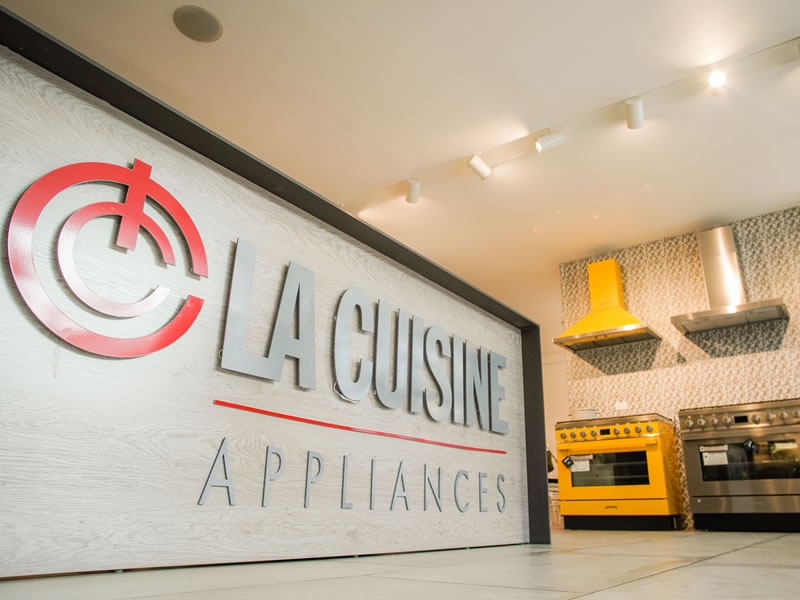
18187 Biscayne Bvld., Aventura
FL 33160
Monday to Friday: 10:00 a.m. - 06:00 p.m.
Saturdays by appointment.
(786) 322 5432
www.lacuisineappliances.com
sales@lacuisineappliances.com
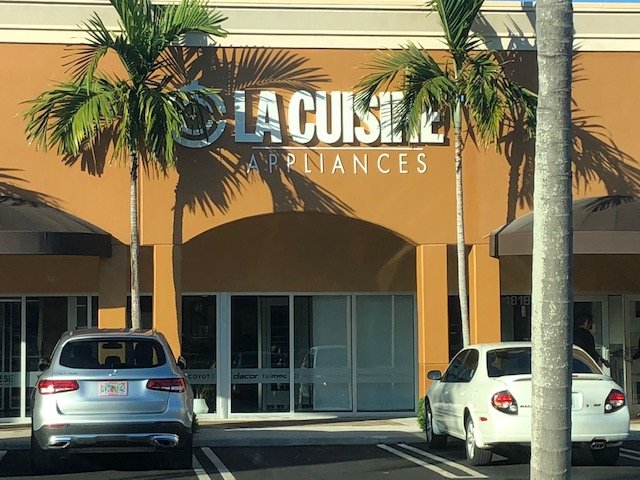
3232 Coral Way,
Miami FL 33145
Monday to Friday: 10:00 a.m. - 06:00 p.m.
Saturday: 10:00 a.m. - 03:00 p.m
(305) 442-9006
www.lacuisineappliances.com
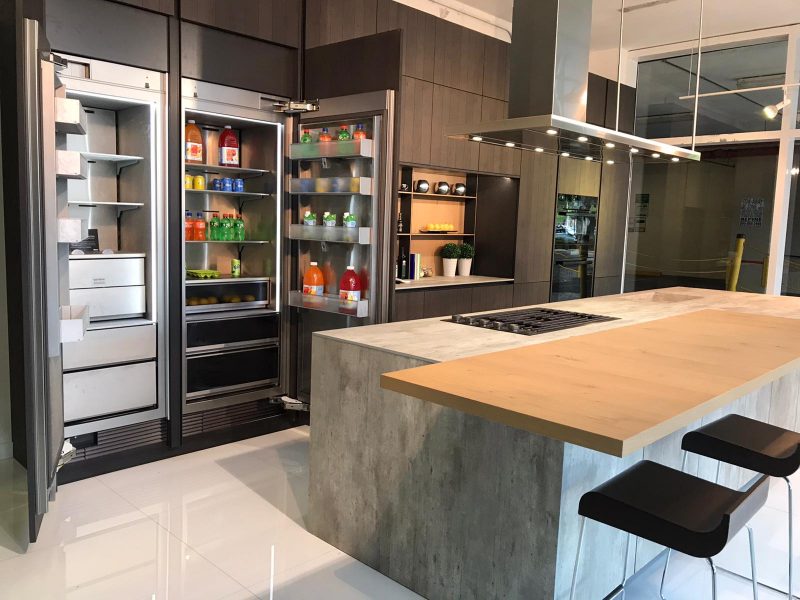
2005 NW 115th Avenue
Miami, FL 33172
Monday to Friday: 09:00 a.m. - 05:30 p.m.
Saturday: Closed
(+1) 305 418.0010
info@lacuisineinternational.com
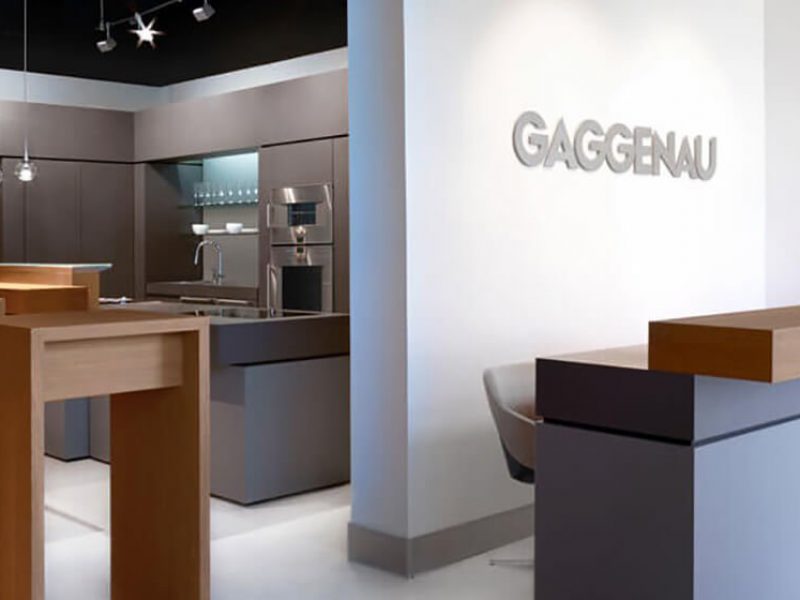
Obarrio. Av. Samuel Lewis,
Addison House Plaza,
Local No.11, Panamá
Monday to Friday: 09:00 a.m. - 06:00 p.m.
Saturday: 10:00 a.m. - 04:00 p.m.
(+507) 265.2546/2547
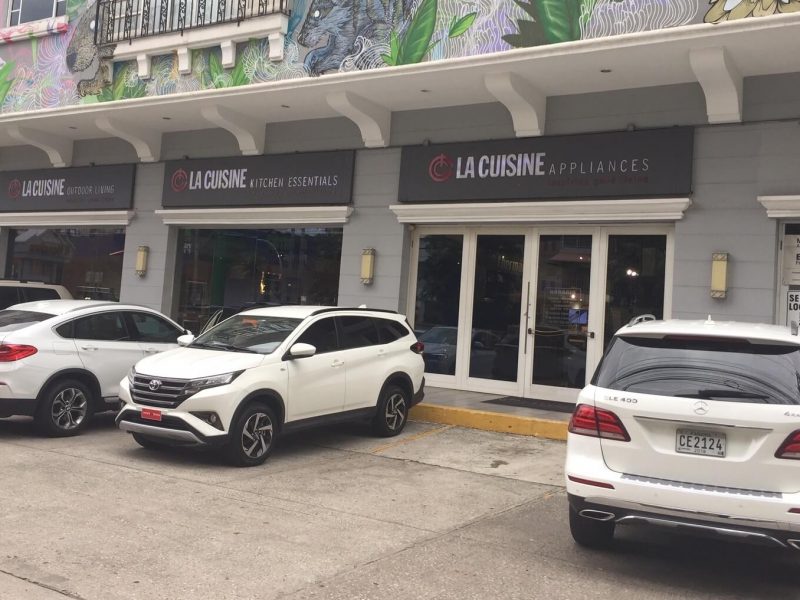
Av. Caminos del Inca 1603,
Santiago de Surco, Perú
Monday to Friday: 10:00 a.m. – 07:00 p.m.
Saturday: 10:00 a.m. – 01:00 p.m.
(+511) 637.7087

Centro Comercial San Ignacio, Nivel C, local No.5
Caracas, Venezuela
Monday to Saturday: 10:00 a.m. – 07:00 p.m.
(+58) 212 264.5252
(+58) 414 018.5352 (Wholesale)
ventas@lacuisineappliances.com
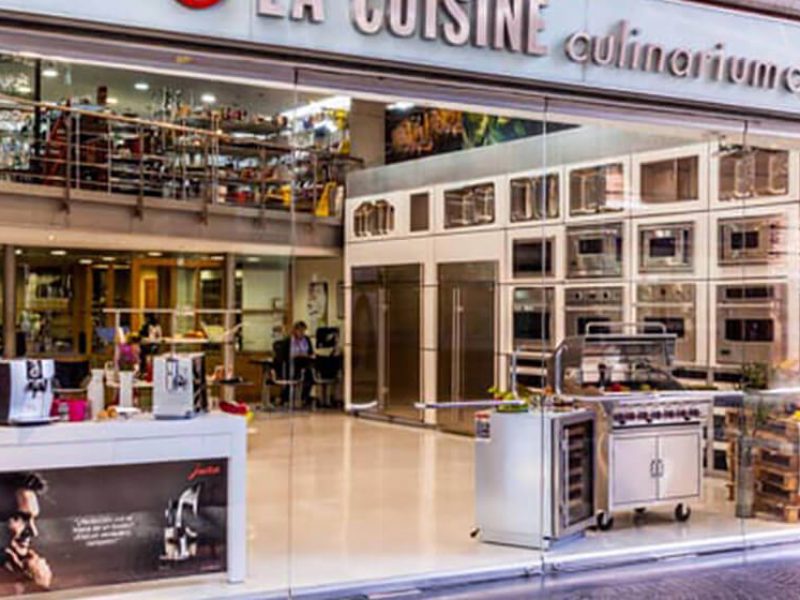
Complejo Pradera Ofibodegas No.13,
20 calle final Z. 10 Km. 6.8 Carretera a Muxbal,
Santa Catarina Pínula, Guatemala
Monday to Friday: 08:00 a.m. - 05:30 p.m.
Saturday: 09:00 a.m. - 12:30 p.m.
(+502) 6671-3400
